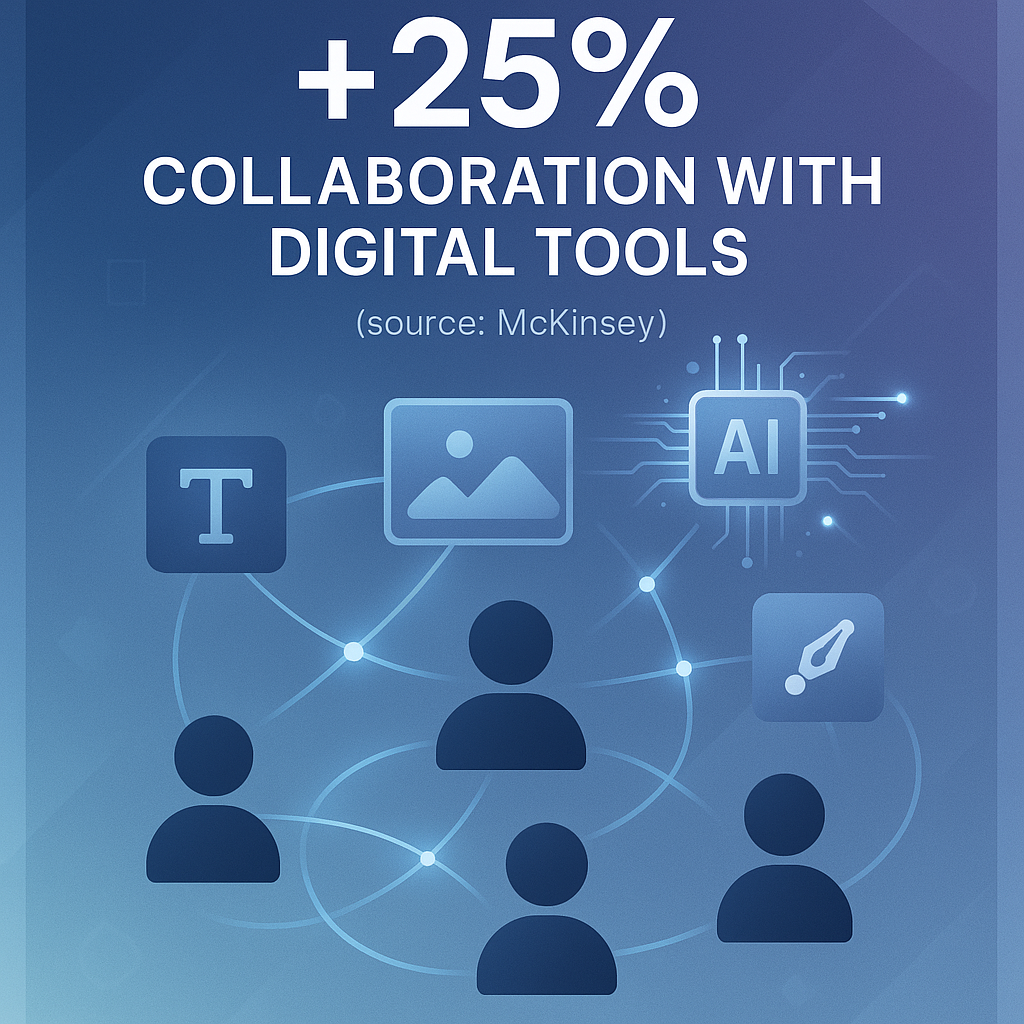Introduction
Figma has recently introduced a suite of AI features aimed at enhancing collaborative design workflows. These tools leverage artificial intelligence to streamline processes, foster creativity, and improve team collaboration. In this post, we will explore the capabilities of these new features and their potential impact on the design industry.
Why Figma’s New AI Features Matter
The relevance of Figma’s AI enhancements stems from the increasing demand for efficiency in design processes, particularly in remote and distributed teams. With remote work becoming the norm, tools that facilitate seamless collaboration are critical for maintaining productivity and creativity. According to a recent report by McKinsey, organizations that effectively utilize digital tools can increase collaboration by up to 25%.
Key Benefits
- Automated Design Suggestions: The AI can analyze existing designs and suggest improvements or alternative layouts, significantly reducing the time spent on iterations.
- Data-Driven Insights: Figma’s AI capabilities can gather user feedback and analyze project data, providing designers with insights that inform better design decisions.
- Enhanced Team Collaboration: Features like real-time feedback and AI-driven organization of design assets improve collaboration among team members, allowing for more cohesive teamwork.
- Creative Assistance: AI tools can inspire creativity by suggesting color palettes, typography combinations, and layouts based on current design trends.
Challenges or Limitations
While Figma’s new AI features offer many advantages, there are notable limitations that professionals should consider:
- Dependence on AI: Over-reliance on AI suggestions may stifle creativity, as designers might lean too heavily on automated solutions rather than exploring innovative ideas.
- Learning Curve: Integrating AI tools into existing workflows may require a learning curve, which could temporarily impact productivity as teams adapt.
- Data Privacy Concerns: As AI tools process large amounts of user data, issues regarding privacy and data security may arise, necessitating strict compliance measures.
Conclusion
Figma’s introduction of AI features marks a significant step forward in collaborative design workflows, providing teams with tools that enhance efficiency and creativity. While the benefits are substantial, professionals must remain mindful of the potential challenges associated with these technologies to maximize their positive impact on design processes.



